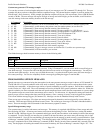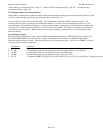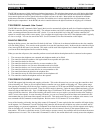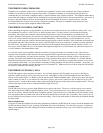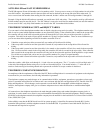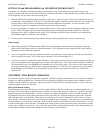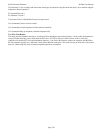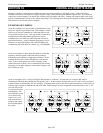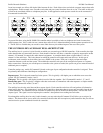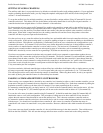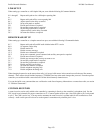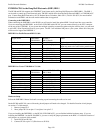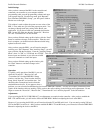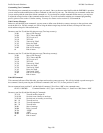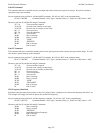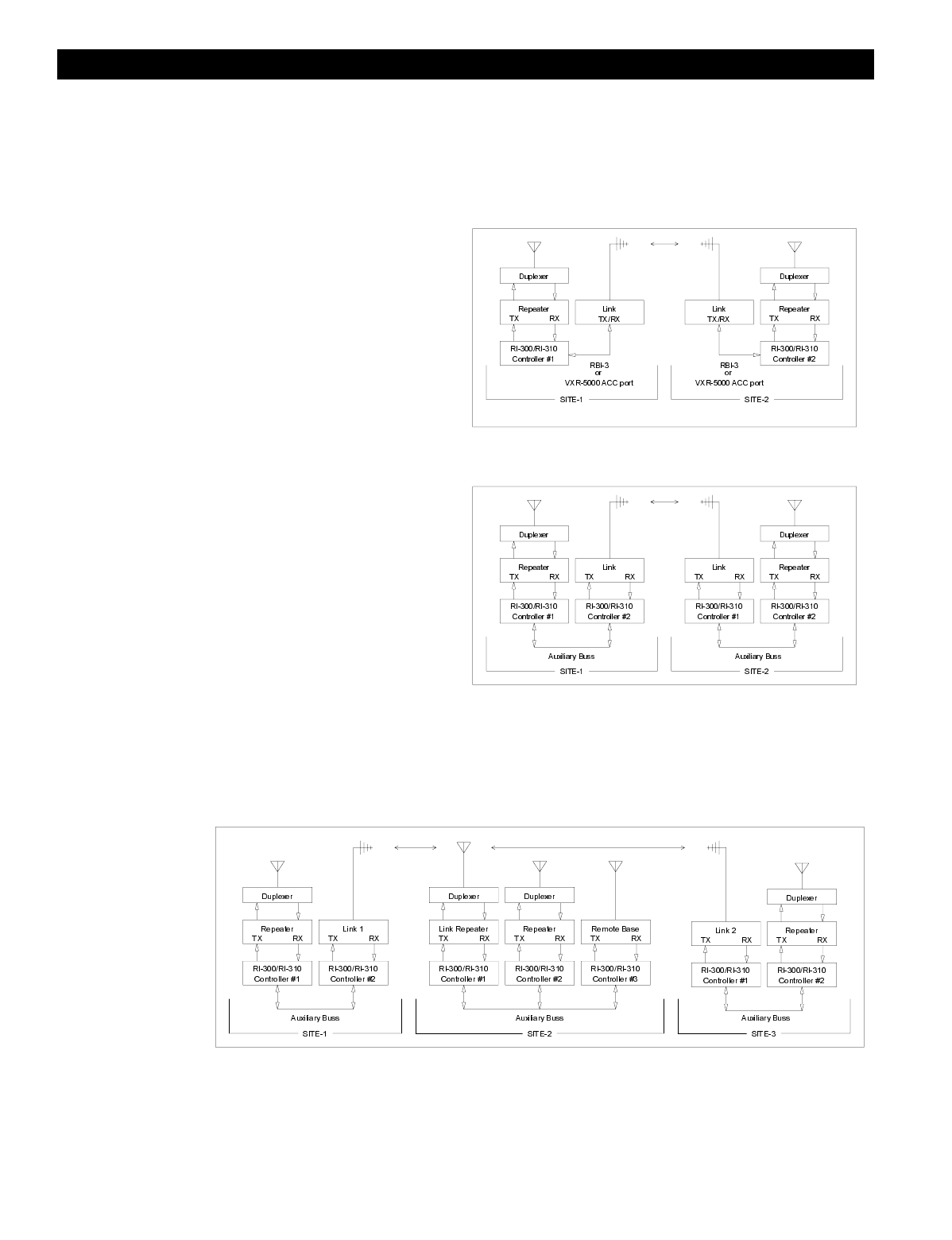
Pacific Research Solutions RI-300e User Manual
Page 120
SECTION 16 LINKING and REMOTE BASE
Linking is a method of connecting two different repeater sites using a simplex or full duplex radios. Link radios are not
intended to be used as user inputs nor outputs; they are simply a dedicated radio path between repeater sites. If you intend to
control one site from another, you should only consider using full duplex link radios. Linking with simplex radios only works
best for communication from site to site without controlling. The following shows four typical examples of linking, but the RI-
300 controller is not limited to these examples.
EXAMPLES OF LINKING
In our first example, two sites are able to communicate to each
other on a simplex single channel link. This example is simple
and low cost, but user commands or control functions are not
easily passed from site to site. This type of link is reserved for
an application where independent repeater sites want to
communicate to each other but control functions will not be
passed between sites. A typical amateur application is one in
which two or more UHF repeater sites (440-540 MHz) will
communicate with each other on 2 meters, e.g., 146.460 MHz.
In our next example, we have added the ability to control the
frequency and tone squelch of the link radio by adding a
dedicated second controller to support these features. In this
example, the link radio is better identified as a remote base
radio. Users at each repeater can set the frequency of the
remote base radio to allow a site to communicate with various
other sites or even other repeaters, based on the frequency and
the CTCSS tone used.
In our next example, site 2 is using a full duplex link repeater as a link hub. All other sites use a simplex link radio to
communicate with each other through the link repeater, site 2. In this example, the link radios at site 1 and 3 can be configured
in either manner as shown by the first two examples. Communication occurs in the same way that mobile users would access an
ordinary single repeater to communicate with each other. In this example, all sites can perform control functions on site 2. All
sites can also use site
2’s remote base radio
and telephone. The
main limitation is that
site 2 cannot easily
control site 1 nor 3.
And the audio from
multiple sites cannot
be mixed throughout
the system.



